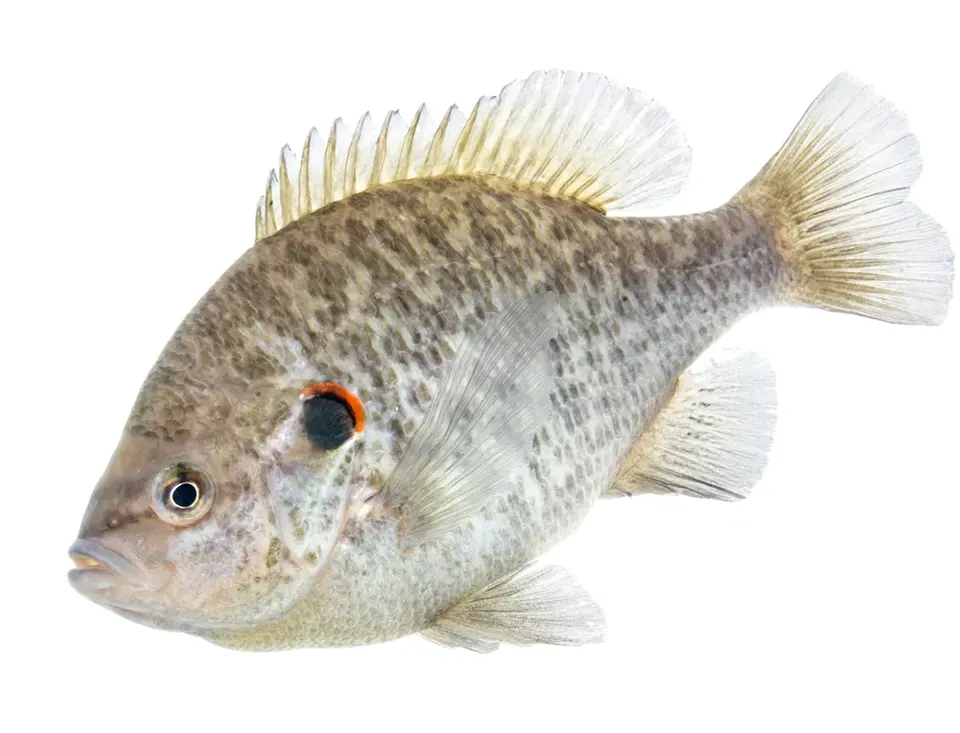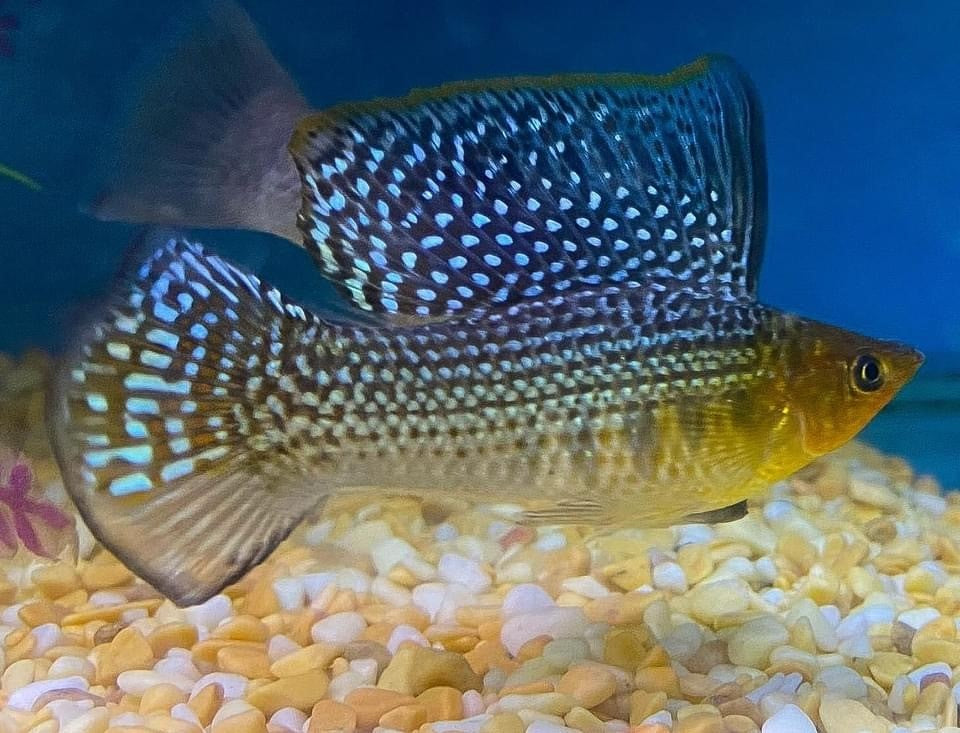When it comes to building a healthy, exciting fishing pond, most people think of popular sunfish like bluegill or redear. But there’s another native species worth considering: the Warmouth (Lepomis gulosus). Sometimes called “goggle-eye” because of their large red eyes and big mouths, Warmouth are hardy, aggressive, and uniquely beneficial to certain pond environments.
Adaptable and Hardy Fish
One of the biggest strengths of Warmouth is their ability to thrive in tough conditions. Unlike some sunfish that prefer clean, clear water, Warmouth tolerate murky ponds, low oxygen levels, and habitats with heavy vegetation. They can make a productive fishery even in ponds where other species may struggle, making them an excellent choice for landowners who want to stock a pond that isn’t perfectly manicured. That’s does mean they don’t do well in ponds with better water quality, the most certainly do.
A Diverse Diet
Warmouth are true generalist feeders. Thanks to their large mouths and aggressive nature, they consume a wide range of foods:
- Insects and larvae: Aquatic insects, midge larvae, mosquito larvae, and terrestrial insects that fall into the water.
- Crustaceans: Crayfish, amphipods, and small freshwater shrimp.
- Small fish and minnows: Unlike many sunfish, Warmouth readily prey on other fish, making them excellent at controlling overabundant forage species.
- Worms, leeches, and invertebrates: They forage along the bottom for a variety of soft-bodied prey.
This flexible diet helps Warmouth grow quickly and stay healthy even in ponds where food sources fluctuate throughout the year.
Exciting Fishing Opportunities
For anglers, Warmouth are a blast to catch. They may not reach the giant sizes of redear or largemouth bass, but they are aggressive biters that strike hard on live bait, small lures, and flies. Their willingness to hit a wide range of offerings makes them perfect for introducing kids to fishing or for ultralight tackle enthusiasts looking for steady action.
Balancing the Pond Ecosystem
Because they eat smaller fish, Warmouth can help prevent forage fish from overpopulating a pond. They also reduce insect populations, including nuisance species like mosquitoes. While they won’t replace bluegill as the backbone of most bass ponds, Warmouth can be a valuable secondary species, contributing to balance and diversity.
A Tough, Low-Maintenance Species
Warmouth are low-maintenance fish that don’t require special care once stocked. They are resilient to environmental stresses, tolerate warm water, and reproduce reliably without overwhelming the pond. For ponds with muddy water, heavy vegetation, or low water quality, Warmouth may be one of the best stocking options available.
Conclusion
Warmouth are an underrated addition to fishing ponds. With their ability to thrive in less-than-ideal conditions, eat a wide variety of foods, and provide fast action for anglers, they offer both ecological and recreational value. If you’re looking for a hardy, aggressive sunfish that brings something different to your pond, the Warmouth deserves a spot in your stocking plan.



